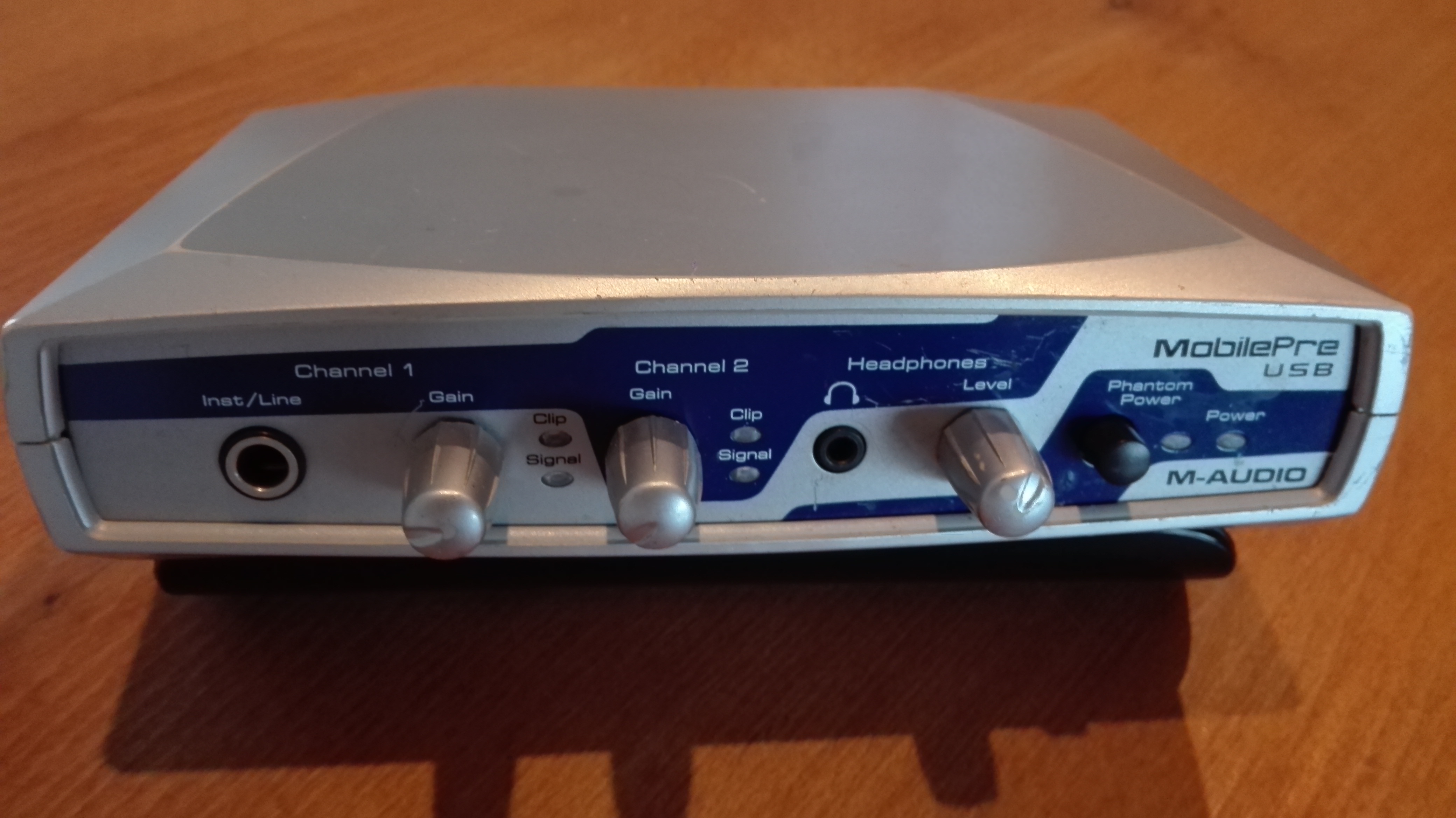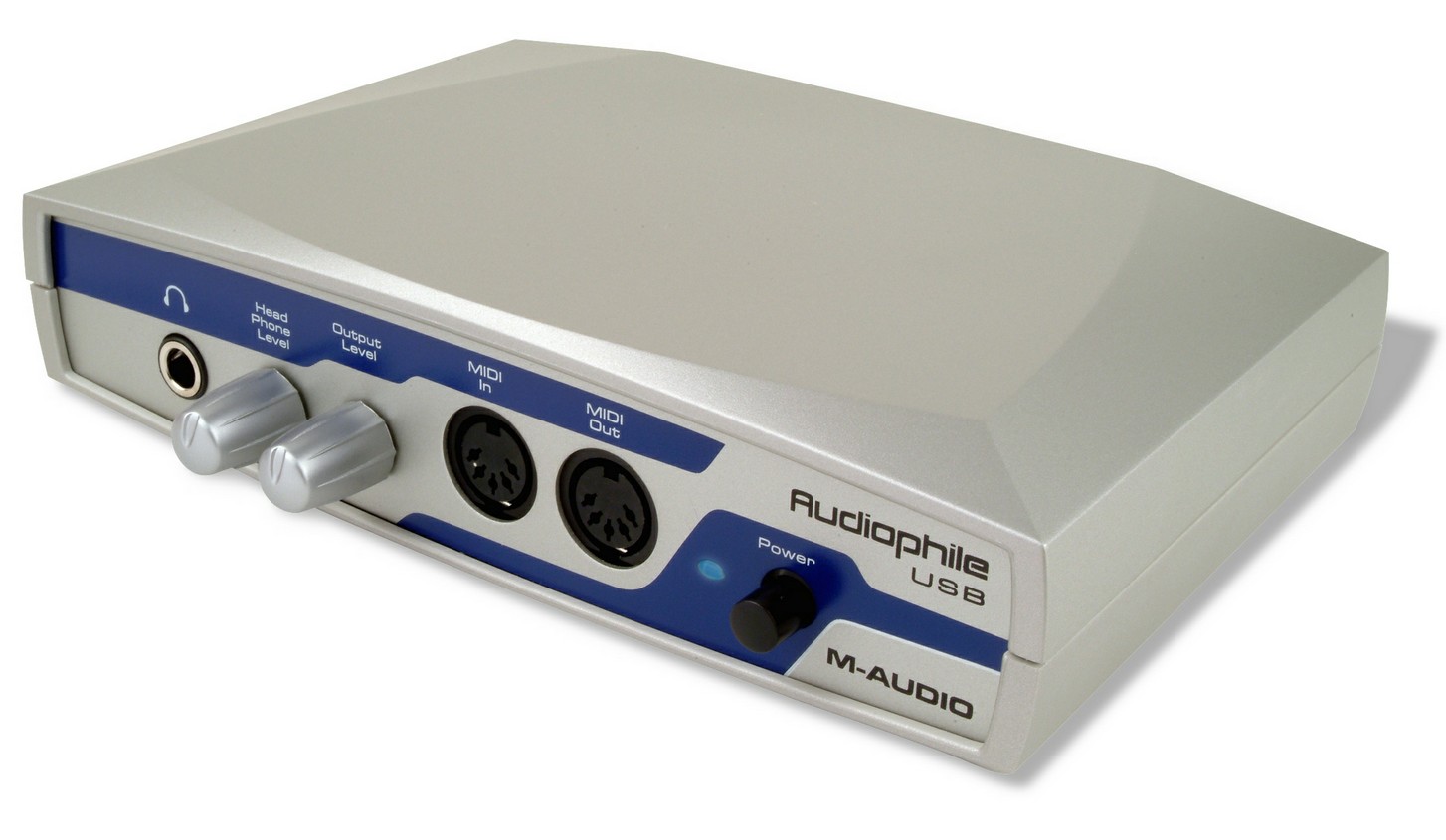
- #WINDOWS USB AUDIO DRIVER HOW TO#
- #WINDOWS USB AUDIO DRIVER INSTALL#
- #WINDOWS USB AUDIO DRIVER DRIVERS#
- #WINDOWS USB AUDIO DRIVER UPDATE#
#WINDOWS USB AUDIO DRIVER DRIVERS#
If some of the device's capabilities aren't implemented by the class driver, vendors should provide supplementary drivers that work with the class driver to support the entire range of functionality provided by the device.įor general information about USB-IF approved device classes see the USB Common Class Specification Windows class drivers might not support all of the features that are described in a class specification. Hardware vendors shouldn't write drivers for the supported device classes. If a device that belongs to a supported device class is connected to a system, Windows automatically loads the class driver, and the device functions with no other driver required. Microsoft provides in-box drivers for several of those device classes, called USB device class drivers. Each device class is identified by a USB-IF approved class, subclass, and protocol codes, all of which are provided by the IHV in device descriptors in the firmware. The USB-IF defines those classes and their specifications. USB device classes are categories of devices with similar characteristics and that perform common functions. More guidelines are included in Choosing a driver model for developing a USB client driver. If a Microsoft-provided driver isn't available for the USB device class to which your device belongs, then consider using generic drivers, Winusb.sys or Usbccgp.sys. If you are writing a custom driver: Before writing a driver for your USB device, determine whether a Microsoft-provided driver meets the device requirements. The drivers are updated through Windows Update. They're available in the \Windows\System32\DriverStore\FileRepository folder. These drivers and their installation files are included in Windows. If you are installing USB drivers: You don't need to download USB device class drivers. For non-composite devices or a function of a composite device, use WinUSB (Winusb.sys).For composite devices, use USB Generic Parent Driver (Usbccgp.sys) that creates physical device objects (PDOs) for each function.Microsoft-provided drivers for USB-IF approved device classes.This article lists the Microsoft-provided drivers for the supported USB device classes. If you are a customer experiencing USB problems, see Troubleshoot common USB problems After you restart your PC, your MP3 player should be recognized by your computer.This topic is for programmers.If you get any greyed entries, right-click on them and select Uninstall. There, click View > Show hidden devices > +.

In the search box, type cmd, and press Enter. The driver will be installed, and you will receive a Generic Volume option. The path of the selected driver will now appear in the previous window.

Go to C: /windows/ inf, and select volsnap.inf > Open. Select Storage Volume > Next > Disk > Browse.The driver will be installed, and you will have an option called Device USB Mass Storage. The path of the selected driver will appear in the previous window.Then, go to C: /windows/inf, and select usbstor.inf > Open. In the window that opens, click Browse.Choose from the list of hardware USB hub, then click Next > Disk.
#WINDOWS USB AUDIO DRIVER INSTALL#
Click Next > Install from a list or specific location (Advanced) > Next > Do not search.
#WINDOWS USB AUDIO DRIVER UPDATE#
In the wizard that prompts you to update the hardware, choose No, not this time. Right-click on the line marked Unknown Device, and click Update Driver.

#WINDOWS USB AUDIO DRIVER HOW TO#
How to make your PC recognize your MP3 player? This FAQ will walk you through how to solve this problem. If you see the message "Unknown Device" your Windows PC does not recognize your MP3 player, so there could be device driver compatibility issues. Usually, when you plug your MP3 player into a PC, Windows automatically recognizes it. MP3 players have a USB connectivity port that enables them to be connected to a PC.


 0 kommentar(er)
0 kommentar(er)
